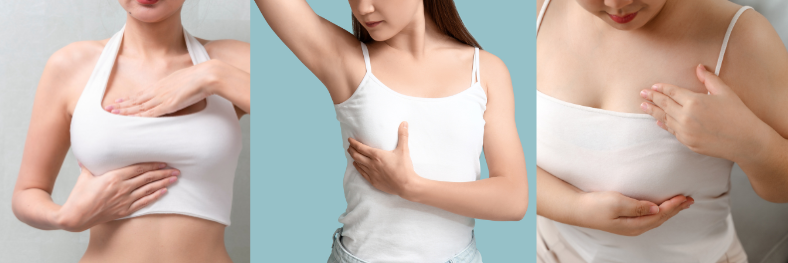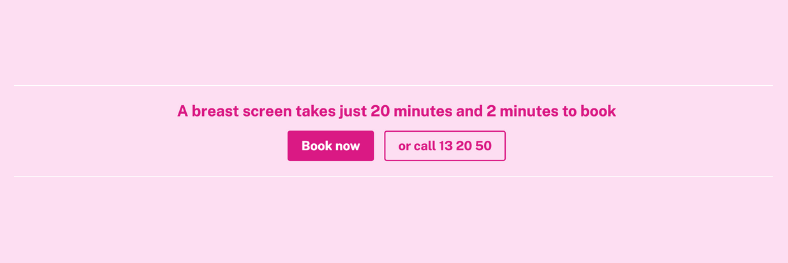
Breast cancer is one of the most common cancers affecting women worldwide, but early detection can significantly improve outcomes. Awareness and regular checks are essential in the fight against this disease.
The Importance of Awareness
Breast cancer awareness is crucial for several reasons:
- Early Detection Saves Lives: Regular checks can help identify changes in breast tissue early, making treatment more effective.
- Empowerment: Understanding your body’s ‘normal’ and knowing what to look for gives you control over and the ability to be active in your health decisions.
- Community Support: thinking about cancer and the potential of ill health can be scary. However, talking about it with those in your community, like friends or family, encourages community support and conversations about health and wellness.
Steps for a Personal Breast Check

Performing a personal breast check is a simple yet vital practice. Follow these steps to ensure you’re checking your breasts effectively:
- Choose the Right Time: Aim to perform your breast check once a month, ideally a few days after your period ends when your breasts are less likely to be tender.
- Stand in Front of a Mirror:
- Remove your clothing to examine your breasts.
- Look for any visible changes, such as swelling, dimpling, or changes in skin texture.
- Note the shape and size of your breasts; they should look similar but are likely not identical.
- Raise Your Arms:
- Raise your arms above your head and look for any changes in contour or shape.
- Observe for any unusual fluid or discharge from the nipples.
- Perform the Manual Check:
- Use the pads of your fingers to feel for lumps or changes in breast tissue.
- Check each breast individually, using a circular motion to cover the entire breast, including the area under the arm.
- Feel for any hard lumps, thickening, or areas that feel different from the surrounding tissue.
- Lie Down for a Thorough Check:
- Lying down can help spread the breast tissue evenly, making it easier to feel for changes.
- Repeat the same circular motion with your fingers while lying down.
- Know Your Normal:
- Familiarise yourself with the normal texture and feel of your breasts.
- This knowledge is crucial for recognising any changes in the future.
What to Look For
During your check, be alert for any of the following signs:
- New lumps or bumps
- Changes in breast size or shape
- Skin changes, such as redness or swelling
- Discharge from the nipple
- Persistent pain
When to Seek Medical Advice
If you notice any unusual changes during your self-exam, don’t hesitate to consult a healthcare professional. Early evaluation is a cornerstone of effective treatment. Regular mammograms, along with personal checks, provide a comprehensive approach to breast health.

Spreading Awareness
Encouraging others to be proactive about their breast health is equally important.
- Share Information: Use social media platforms to share statistics, personal stories, or resources about breast cancer awareness.
- Talk Openly: Talk with friends and family about the importance of regular checks and screenings.
